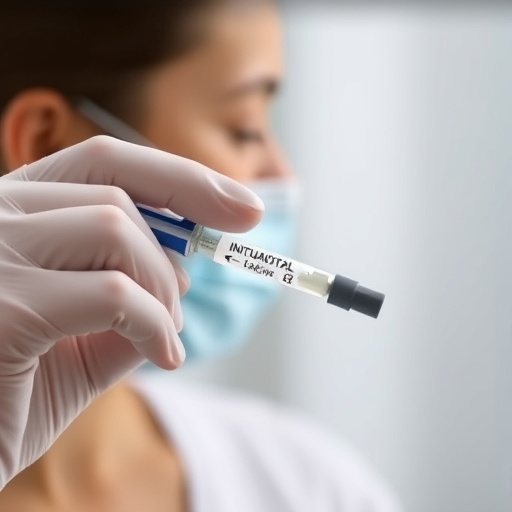Bottom Line: The best time to push during the second stage of labor (when the cervix is completely dilated through delivery) is unknown and it's unclear whether the timing affects rates of natural delivery or possible complications. The two most common approaches are either immediate pushing (pushing with uterine contractions once complete cervical dilation occurs) or delayed pushing to allow for spontaneous descent of the fetus. In this randomized clinical trial, immediate pushing compared with delayed pushing didn't result in a significant difference in the rates of spontaneous vaginal delivery (without the use of forceps, vacuum or cesarean delivery) or overall adverse outcomes among newborns. Rates of hemorrhage and infection were higher among women in the delayed pushing group. The clinical trial included about 2,400 women who received pain medication for labor and delivery and who had not previously given birth. This study may not have been able to detect clinically important differences in some other outcomes.
Authors: Alison G. Cahill, M.D., M.S.C.I., Washington University in St. Louis, and coauthors
Related Material
The following related elements from the JAMA Network are also available on the For The Media website:
— The editorial, "Immediate vs Delayed Pushing During the Second Stage of Labor," by Jeffrey D. Sperling, M.D., M.S., and Dana R. Gossett, M.D., M.S.C.I., of the University of California, San Francisco.
— A video abstract is available to view on this page and to embed on your website by copying and pasting the HTML code below. The transcript is available here. To download the video, email [email protected] for information.
###
To Learn More: The full study is available on the For The Media website.
(doi:10.1001/jama.2018.13986)
Editor's Note: The article includes funding/support disclosures. Please see the article for additional information, including other authors, author contributions and affiliations, financial disclosures, funding and support, etc.
Want to embed a link to this study in your story? Link will be live at the embargo time: http://jamanetwork.com/journals/jama/fullarticle/10.1001/jama.2018.13986
Media Contact
Diane Duke Williams
[email protected]
@JAMA_current




